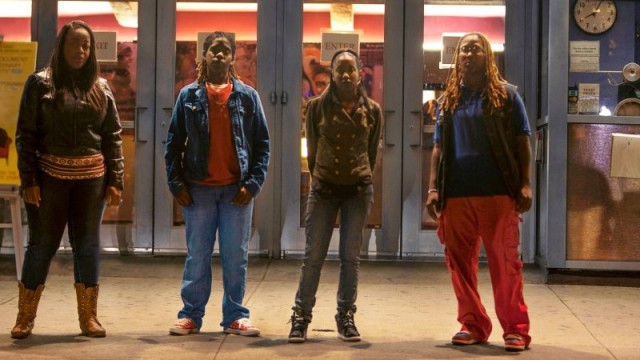The word “intersectionality” scares off most people. It’s big, multi-syllabic, and seems like a buzz word created by academics to further divide the nation along privilege lines. Even Wikipedia’s definition, “The study of intersections between forms or systems of oppression, domination, or discrimination” is enough to send most people running to the hills. Don’t be scared. It’s about this system, but also about identity.
American culture defaults to a cis-gendered hetero white male. Most groups are divided by being one group away from that. Women’s right groups are dominated by cis-gendered hetero white females; black groups, like The Black Panthers, are imaged through cis-gendered hetero black men; gay groups are generally pictured by cis-gendered gay white men, etc. Intersectionality happens with people who are more than one definition away from the cis straight white dude. For example, a gay hispanic male faces two different sets of bias that creates his own personal story, a trans black female faces three, etc.
blair dolosh-walther’s new documentary, Out in the Night (premieres 6/22 on PBS’s doc series POV) is a crash course of intersectionality and how the various systems of oppression can affect a single group of people. In 2006, a group of cis-gendered poor gay black women from a violence-afflicted neighborhood in New Jersey were walking in Greenwich Village when they were sexually harassed. A fight ensued and, by the end of the tussle, the harasser was stabbed. In the media circus that followed, the group of women were labeled as a pack of angry lesbians who went around stabbing men for kicks.
Out in the Night does a lot of heavy lifting, and dolosh-walther makes it look easy. She outlines the neighborhood, the group of women, the trial, the media circus, the lives of their family, life after the trial, the various systems, and some basic sociopolitical intersections for good measure. In order to maintain the film’s humanity, blair doesn’t look upon the women as mere subjects for liberal discussion points, but treats them as human beings upon whom these concepts have been thrust against their will.
Even though Out in the Night deals with a wide array of heady topics, it is fast paced, smooth, and maintains a flow that belies the incredible importance for the various ways the world is constructed. The most important part of a documentary is in the information it is delivering, if it is thorough, and if it doesn’t lose its pacing. Out in the Night succeeds on all those levels. Unfortunately, where it lacks is in visual invention. dolosh-walther is focused on the women, their world, and telling the story and politics of the story. Visuals are the farthest from her mind.
In a week like this, what with the nation still reeling from the Charleston shooting and having discussions on the Confederate flag rather than the various ways that racism plays out, Out in the Night seems like the best choice to kickstart a conversation about the way race, sex, gender, and economics all effect the black community among others. Even if not, you’ll have learned something.


